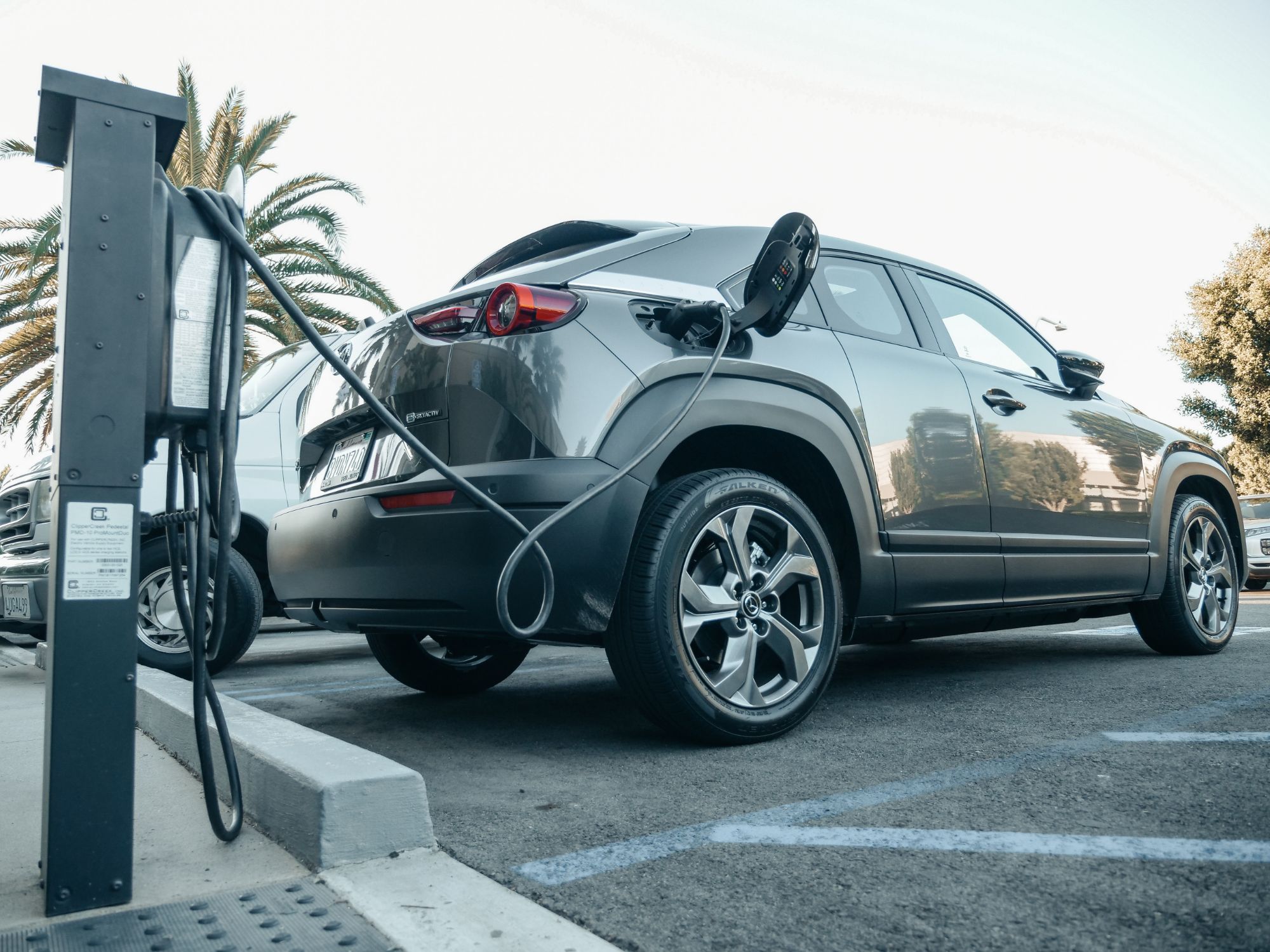Is the reader aware that we may not be able to afford saving the planet? Especially if the answer is an electric vehicle in every garage and insects in every pot.
That, of course, is a takeoff on the old campaign slogan of presidential candidate Herbert Hoover of “A Chicken in Every Pot and a Car in Every Garage.” However, today an electric vehicle in every garage is not a campaign slogan; it’s more like a threat.
Let us say up front that the electric vehicle is not the worst thing a person can drive, unless you are Bruce Haedrich. Haedrich is a former Air Force pilot and author of “The 5th Generation War.” In reference to electric vehicles, Haedrich wrote The Story of NMC532-X.
The story is an amusing (and somewhat frightening) account of an EV battery (NMC532-X) lecturing an audience on what it takes to build such a battery as itself. It goes into great detail, including burning coal to recharge it and children dying from cobalt toxicity while mining it in Africa.
To counter Haedrich’s account of NMC532-X (label of an actual battery), financial consultant Andrew Tobias questioned Haedrich’s assertions. To do this, Tobias consulted physicist Amory B Lovins.
Without going into deeper detail, one can find the accounts of all three men by doing a search on the Internet.
The question for Wake Up Placer is not whether it is good or bad to drive an electric vehicle or even a gas-powered one. The question is: why is it government policy to mandate it?
It ties in with the push for renewable resources for energy, namely solar panels and wind turbines, as opposed to letting capitalism guide the market. It all comes under the heading of Climate Change (formerly Global Warming).
For the government to get behind any grand scheme to spend taxpayer money, it needs a bogeyman. Since President Donald Trump led America to energy independence by taking the lid off fossil fuel suppression, the Earth worshipers have been in a panic.
Wanting a cleaner planet is laudable, but when the government dictates the means by which to do it – disaster tends to follow. Case in point is government’s insatiable appetite for controlling the market.
Two successive examples of this occurred after the Civil War when Ulysses S. Grant was elected president. Although Grant wasn’t personally involved in these examples of scandal, he could not avoid the implications.
The first was when members of his cabinet bought gold on the strength of inside information that the government planned to sit on its stockpile of the precious metal. The cabinet member’s purchases drove up the price of gold until Grant caught onto the scheme and countered by selling the treasury’s gold. Those cabinet members still made a bundle off the scheme.
The second example (scandal) was subsidizing the railroads. This was a widespread plan where railroad construction contractors created their own money supply through a lender known as Credit Mobilier. All that was required to pad profits was for contractors to decrease quality of construction while demanding inflated loans through CM, which got its money through government subsidies.
It’s a simple lesson that certain politicians cannot see beyond the potential kickbacks and bribes coming from their own legislative or administrative efforts, the graft and corruption is too tempting.
The advantage of the free market is twofold; products have to be profitable and must not hurt the consumer. Either one of those factors can kill any commodity on the market.
Have windmills and solar panels saved the planet? – not yet, anyway. Are they profitable, only when subsidized by the government. Did vaccine mandates eradicate COVID-19, or make the situation worse?
Market analysts give electric vehicles a long enough lifetime to eventually die in the open market. The lowest-price models begin around $50,000 and go up considerably from there. The closer they come to providing the convenience of today’s gas-powered vehicles the more expensive they become. For details on this, check out GreenCarReports.com and ChargedFuture.com.
This is not to discourage the ardent advocate of climate change from buying an EV, but like windmills and solar panels, only time will tell us whether they’re worth it or not. For now, it’s all pure speculation.
And, with the nation $30-plus trillion in debt, how long can the taxpayer keep subsidizing these things while continuing to pay for the government’s debt-ceiling increases?

